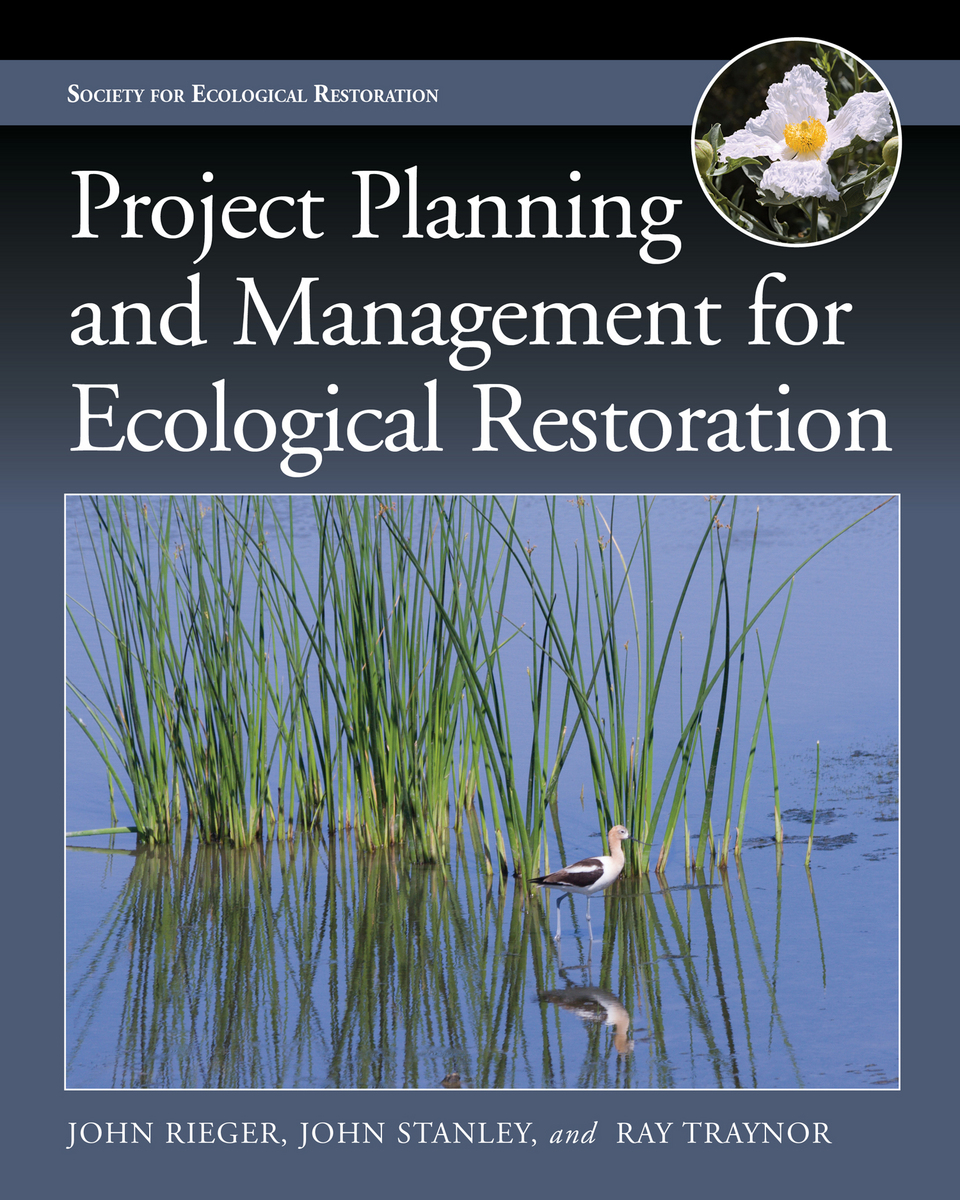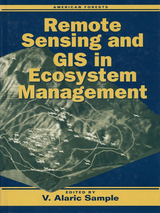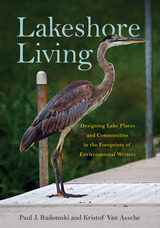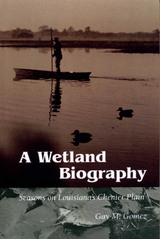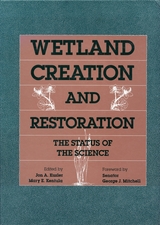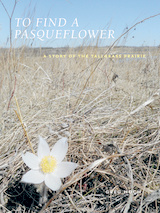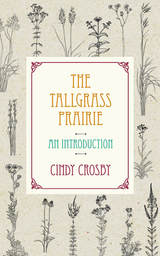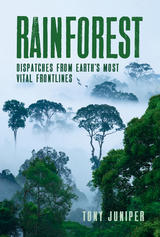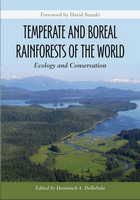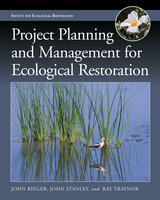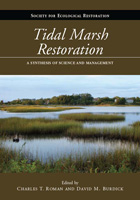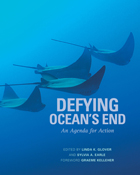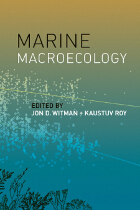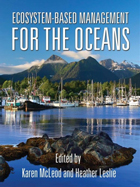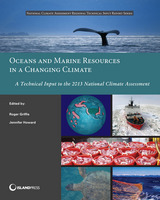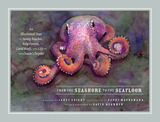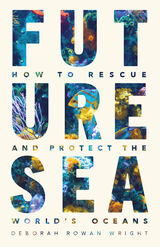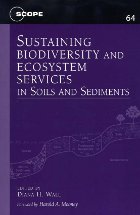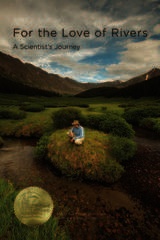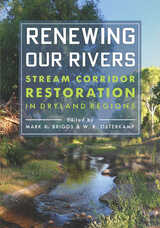Project Planning and Management for Ecological Restoration
Island Press, 2014
eISBN: 978-1-61091-566-3 | Paper: 978-1-61091-362-1 | Cloth: 978-1-61091-363-8
Library of Congress Classification QH541.5.R45R54 2014
Dewey Decimal Classification 577.068
eISBN: 978-1-61091-566-3 | Paper: 978-1-61091-362-1 | Cloth: 978-1-61091-363-8
Library of Congress Classification QH541.5.R45R54 2014
Dewey Decimal Classification 577.068
ABOUT THIS BOOK | AUTHOR BIOGRAPHY | REVIEWS | TOC | REQUEST ACCESSIBLE FILE
ABOUT THIS BOOK
Concern over climate change and the ongoing challenges of managing degraded ecosystems have made the field of ecological restoration a growing focus in the agendas of national and international conservation organizations, including the United Nations. The problems facing us are both complex and urgent, and effective solutions are needed.
Project Planning and Management for Ecological Restoration presents principles of sound planning and management that will greatly increase the likelihood that completed projects will meet stakeholder expectations. John Rieger, John Stanley, and Ray Traynor have been involved in restoration activities for over thirty years and were part of the small group of restorationists who recognized the need for a professional organization and in 1987 founded the Society for Ecological Restoration. This book comes out of their experiences practicing restoration, conducting research, and developing and refining new techniques and methods.
In the book, the authors describe a process for planning and managing an ecological restoration project using a simple, four-faceted approach: planning, design, implementation, and aftercare. Throughout, the authors show how to incorporate principles of landscape ecology, hydrology, soil science, wildlife biology, genetics, and other scientific disciplines into project design and implementation. Illustrations, checklists, and tables are included to help practitioners recognize and avoid potential problems that may arise.
Project Planning and Management for Ecological Restoration provides a straightforward framework for developing and carrying out an ecological restoration project that has the highest potential for success. Professional and volunteer practitioners, land managers, and property owners can apply these guidelines to the wide variety of conditions and locations where restoration is needed. Long overdue, this book will inform and advance the effective practice of this rapidly expanding field.
Project Planning and Management for Ecological Restoration presents principles of sound planning and management that will greatly increase the likelihood that completed projects will meet stakeholder expectations. John Rieger, John Stanley, and Ray Traynor have been involved in restoration activities for over thirty years and were part of the small group of restorationists who recognized the need for a professional organization and in 1987 founded the Society for Ecological Restoration. This book comes out of their experiences practicing restoration, conducting research, and developing and refining new techniques and methods.
In the book, the authors describe a process for planning and managing an ecological restoration project using a simple, four-faceted approach: planning, design, implementation, and aftercare. Throughout, the authors show how to incorporate principles of landscape ecology, hydrology, soil science, wildlife biology, genetics, and other scientific disciplines into project design and implementation. Illustrations, checklists, and tables are included to help practitioners recognize and avoid potential problems that may arise.
Project Planning and Management for Ecological Restoration provides a straightforward framework for developing and carrying out an ecological restoration project that has the highest potential for success. Professional and volunteer practitioners, land managers, and property owners can apply these guidelines to the wide variety of conditions and locations where restoration is needed. Long overdue, this book will inform and advance the effective practice of this rapidly expanding field.
See other books on: Applied Sciences | Management | Planning | Restoration ecology | Science
See other titles from Island Press
